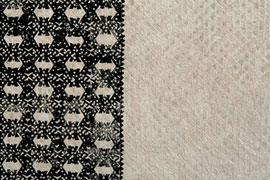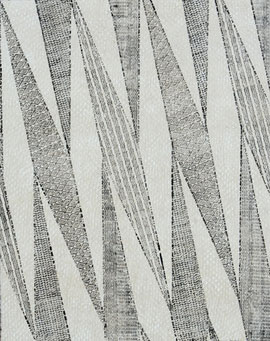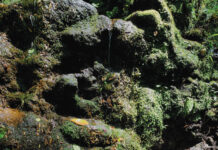 Kahekili
Kahekili
Kahekili, meaning “thunder,” is a short form for Kane-hekili, “Kane, god of thunder.” The son of Kekaulike and Keku‘i‘apo‘iwanui, Kahekili tattooed half his body black, perhaps to suggest thunder and lightning. He was destined to live up to his name.
His sister Kalolanui married Kalani‘opu‘u, paramount chief of Hawai‘i. A direct descendant of Pi‘ilani through Pi‘ikea, Kalani‘opu‘u wrested Hana District from Alapa‘inui and his son Keawe‘opala. Kahekili recovered Ka‘uiki Hill and Hana District in 1781, and later extended his chiefdom to O‘ahu and Moloka‘i by defeating his nephew Kahahana.
Kahekili married Kauwahine of Kaupo, with whom he had sons Kalanikupule and Koalaukani, and daughters Kalilikauoha and Kalola. After Kamehameha the Great’s success against Kalanikupule at the Battle of ‘Iao, Kahekili’s two sons joined their father at his Waikiki residence, where he died in 1794.
Kahekili may have been the biological father of Kamehameha the Great. A mighty warrior king, he created an empire that included all but Hawai‘i Island. Fate and prophecies decreed that Kahekili’s unclaimed and rivalrous son would soon conquer his father’s empire and emerge as the most significant Hawaiian leader of all time.
 Kalanikupule
Kalanikupule
Eldest son and successor to Kahekili, Kalanikupule was a popular and affable ruler, but his career and his life ended when he was 35.
As heir apparent to the mighty political mastermind Kahekili, Kalanikupule found himself at war with his father’s younger brother, King Ka‘eokulani of Kaua‘i, and then pitted against the powerful war machine of Kamehameha the Great. His struggles climaxed in the fateful rout known as the Battle of Nu‘uanu in April 1795.





